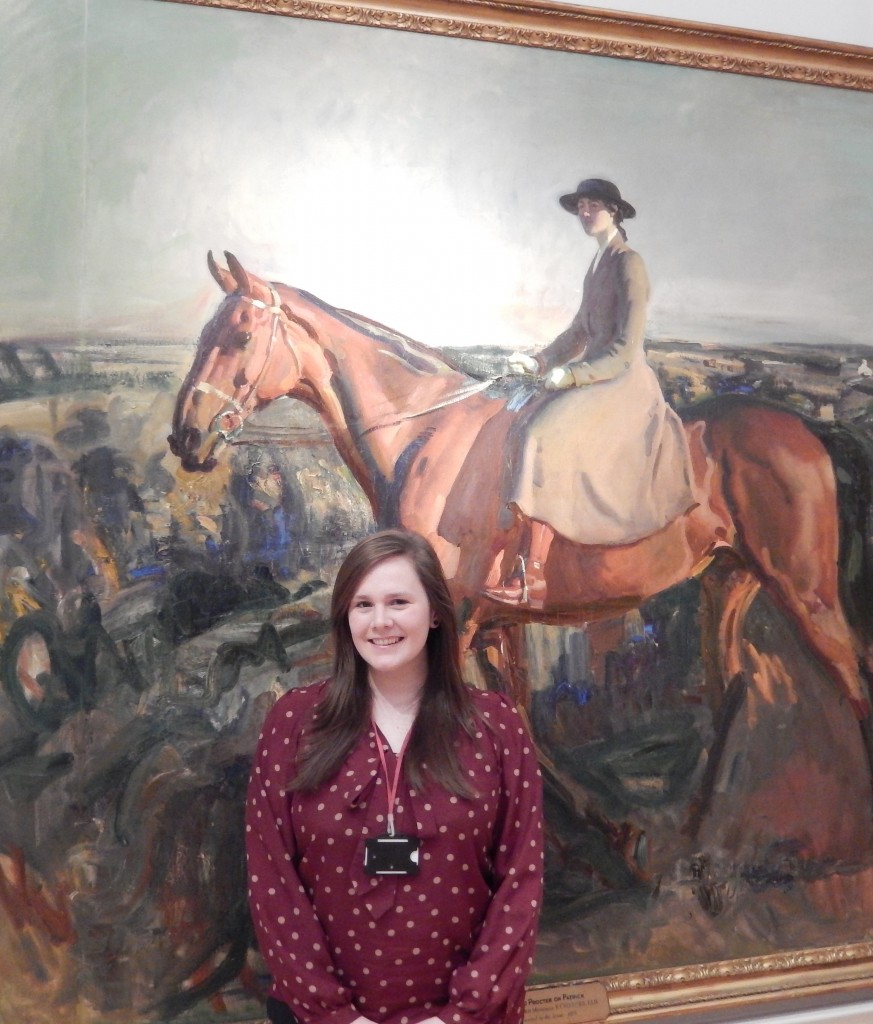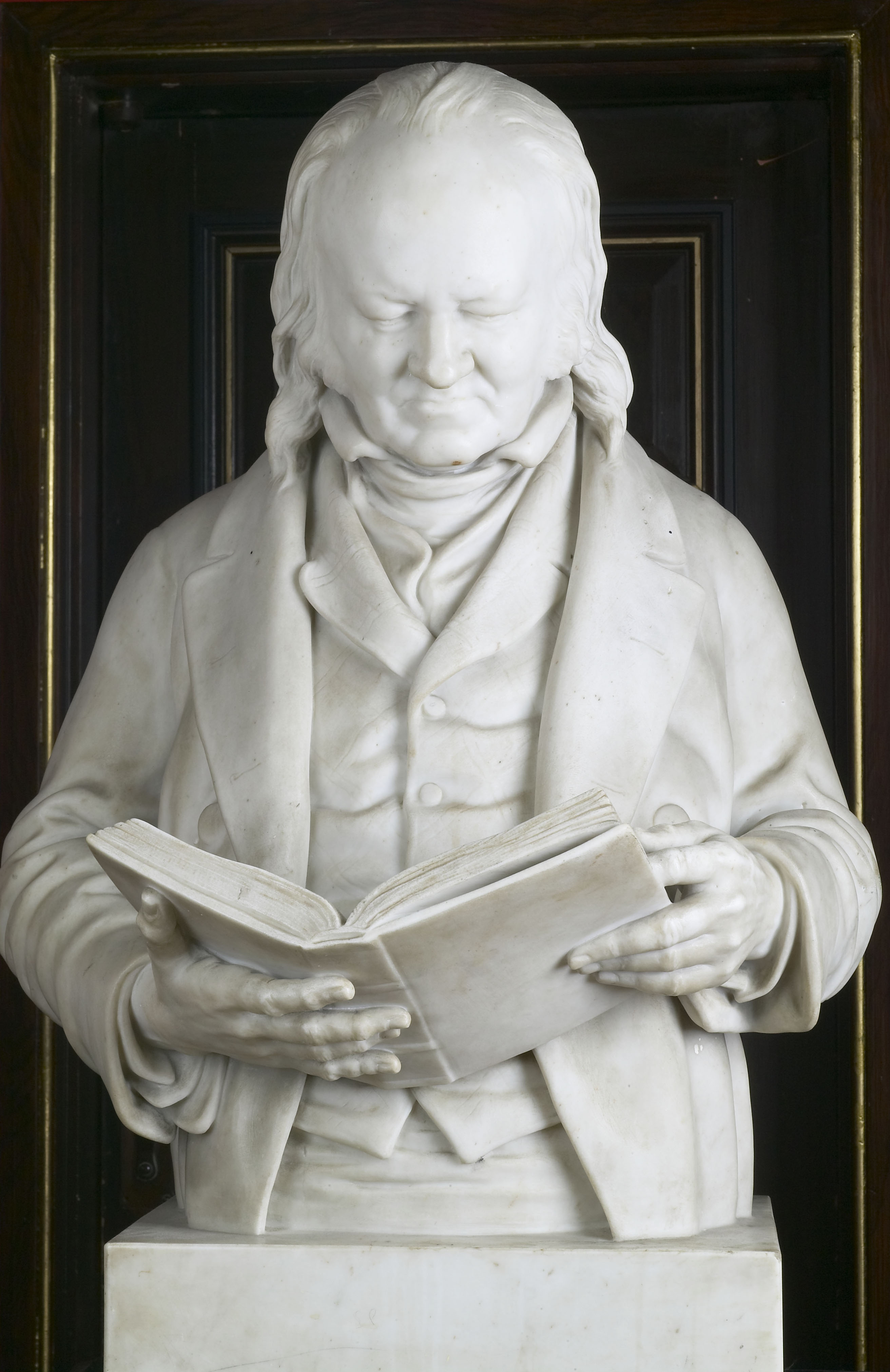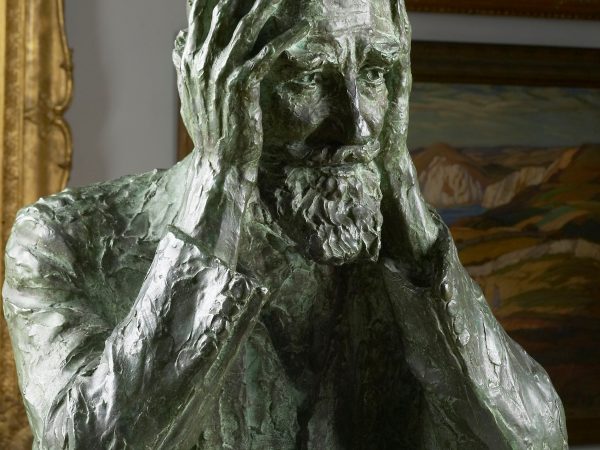Alexandra O’Donnell, Learning and Community Assistant, The Russell-Cotes Art Gallery & Museum
Initial Scope
The aim of this project was to bridge a knowledge gap in our under-researched (and as a result under-utilised) collection of portraiture that we currently have on display, with the specific aim of developing a much needed learning offer for schools as a result of this research. In addition to researching collection items that we knew little about, I also researched learning activities that could help engage school audiences with this topic by looking into current educational provision by other providers.
Principal Findings
Research trips to the National Portrait Gallery’s Heinz Archives and Library, the V+A Archives at Blythe House and the National Art Library have improved our knowledge of portraiture in the Russell-Cotes’ collection. These visits provided useful information to collate with our object information files, which will be invaluable in informing future interpretation. For example, documents at the Heinz archives have substantiated connections between two separate busts in our collection (please see ‘Facing up…’ blog for further details) with photographs and portraits in the National Portrait collection. The evidence supports the theory that both busts were at least partly derived from the NPG collection images, rather than being based directly on life.
We also discovered more information on sitters and artists of portraits in our collection, for example, Blythe House’s theatrical archives provided information and comparative photographs of the actors Ira Aldridge and Lewis Waller dressed in character as Othello and Monsieur Beaucaire respectively, as they also are in our portrait collection (or likely are, in the case of Aldridge). Finally, at the National Art Library I was able to access John Collier’s book The Art of Portrait Painting which was very informative about his approaches to portraiture; we have a portrait by Collier in our collection and as yet had not collated much information about him in our object files. Information and quotes from these documents will contribute to the content of the school sessions and will form part of our general interpretation programme over time.
Attending the Understanding British Portraits Annual Seminar [2013] provided a broader perspective on current research and use of portraits in other venues, including case studies on educational projects involving portraits. As I attended this event early on in the project, this seminar formed a very comprehensive introduction, and seeing people present on their projects that were already underway was great motivation.
I was also fortunate enough to shadow a number of school sessions and meet learning teams at different venues in order to research current educational provision on portraits. I visited Bristol City Museum and Art Gallery, M Shed, Victoria Art Gallery, The Holburne Museum, and the National Portrait Gallery. These meetings and shadowing opportunities were very useful in suggesting approaches to interpretation for school groups, both logistically (e.g. most of the workshops kept the class of 30 together for the whole session, which is something we had previously not attempted), and with regards to engagement techniques and activities.
Outcomes
As well as informing the planning for our portraits session, shadowing sessions at other venues has helped us to re-evaluate our current logistics and activities for school visits. After witnessing the quality investigation that other art galleries encouraged by dedicating time to looking at and discussing paintings as a group, we have introduced more time for this in our sessions. This also plays to our strengths by making more use of our gallery space, which is much larger and more accommodating than the rooms in the historic house.
We are also planning to increase access to a book of children’s portraits that has previously been on display behind glass with the pages closed. As part of the new portraits session, we are hoping to display the book open, and as a result of this bursary we were able to have a professional photographer take pictures of pages from the book. These photos will be incorporated into the school session, so that visitors will have greater access to this display. As this book is a compilation of Bournemouth children’s portraits in fancy dress, we hope that this will help appeal to the local community and help foster a sense of connection to the Russell-Cotes.
Research into specific artefacts, artists and sitters have broadened our knowledge of the collection, increased our object history file content and are currently being incorporated into the school session on portraits. This research has enabled greater use of these items, increasing access to a wider audience so that more people can enjoy this previously little known part of our collection.
These findings have also highlighted possible future areas of enquiry as well as further interpretative development opportunities, for example, a possible tour for adults or another school session based on famous people throughout history.
Impact on Professional Development
As a result of this project I have developed my research skills and knowledge of this aspect of the Russell-Cotes’ collection, and of portraiture more widely, as well as stretching my time management and budgeting skills through planning research trips.
Meeting with other colleagues in the sector meant that I was able to discuss up to date developments in learning, e.g. the upcoming curriculum changes and their probable impact on museum learning, including portraiture sessions. Developing these contacts has already provided useful connections in other areas of my work.
I also appreciated the opportunity to shadow people delivering sessions in order to reflect on and improve my delivery skills; it is always useful to pick up tips as everyone has a different presentation style. As a result of discovering different ways of working, I have made some changes to the delivery of our sessions, as mentioned above. I am also more confident about marketing and delivering the new portrait session; as the quality of this session has greatly improved as a result of the research carried out during this project.



